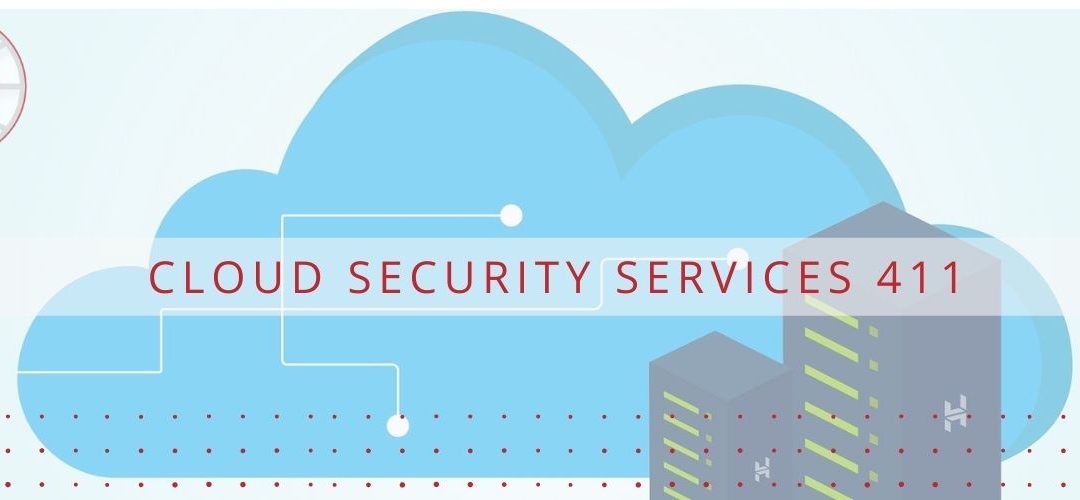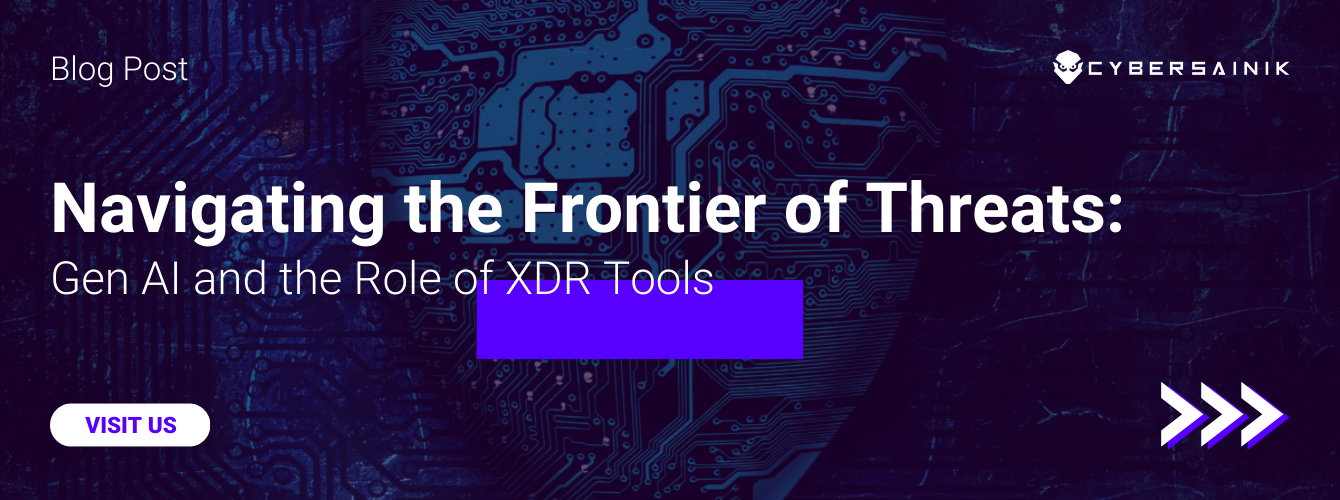Cloud security has become an extremely important tool as digital cloud storage solutions enable businesses to share data remotely with global employees, business travelers, clients, and other authorized users. But how is it protected within your business? Cloud services such as OneDrive or Dropbox have security built into their design, but in many scenarios, this isn’t enough to provide adequate protection to suit your organization’s security needs.
Cyber-attacks have plagued businesses for years, and have recently created significant problems for companies that have numerous employees working remotely from their homes as a result of the global pandemic. The need for cloud security has increased drastically with these additional access points being opened up across cities and countries, and without the proper protection, security breaches are imminent. Your data requires advanced protection when it leaves the confines of your network, and there are many cloud security solutions that can help to provide the necessary armor.
What Are the Solutions and How Do They Work?
Advancements in cybersecurity protection have enabled businesses to secure their data while it is stored in the cloud, preventing malicious attacks from destroying or damaging their sensitive information.
Types of Cloud Security Solutions
1) Tier IV Data Centers
Cloud storage is, by nature, in the cloud. It’s digital. However there is a massive infrastructure of physical hardware that enables the cloud to run, and this provides hackers with yet another opportunity to access your data. If a hacker gains access to this physical hardware, they can steal, manipulate, and damage your data, as well as directly upload malware to your systems that they can control digitally at a later date. Tier IV data centers provide protection against these hackers with ramped-up security measures including armed patrol, controlled access checkpoints, biometric security, and constant live surveillance monitoring. When your cloud data is stored at a tier IV data center it is physically protected from cyber-attacks to your organization’s systems.
2) Top of the line Perimeter Firewalls
A traditional firewall has a basic function that involves confirming the source of the information attempting to get inside. Using rules, firewalls can provide this basic control to prevent a small degree of unauthorized use – but a basic firewall isn’t going to cut it for organizations that deal with important or sensitive data. A top-of-the-line perimeter firewall dives deeper into the source of the information coming in and examines file types, intended destinations, as well as the integrity of the information and its intended result. This function may seem overkill for most daily operations, but it acts as a strong barrier against hackers and unauthorized users with malicious intent.
3) Intrusion Protection Systems with Event Logging
Monitoring hacking attempts can provide businesses with ammunition to prevent unauthorized users from breaching network security, and event logging is a large part of that solution. In many cases, businesses are required to keep event logs of malicious attempts in order to meet compliance requirements for PCI or HIPAA. For example, any organization that accepts credit card payments must comply with PCI standards, and this includes event logging to discover holes in your cybersecurity efforts. Event logging is a large part of cloud security and serves as a benefit to the overall protection of your organization’s cloud-based data.
4) Internal Firewalls
Perimeter firewalls work to prevent external attacks by creating rules to control traffic. Without proper firewall configuration, hackers can gain access to your systems almost as if they had authorized use. Firewalls won’t allow unauthorized traffic inside of your network, but there are often vulnerable sections that can be breached. Internal attacks are often overlooked, but malicious insiders or rogue employees can abuse their access and provide hackers with a window to reach inside. A top-of-the-line internal firewall addresses these weak spots and can detect security threats before they can infiltrate and damage your company’s sensitive data.
5) Data-at-Rest Encryption
Encrypted data can delay hackers from utilizing stolen data and benefiting financially from selling or redistributing it. There are many ways that you can encrypt cloud data as part of a full cloud security solution so that all of your data remains hidden behind a protective barrier, scrambled into unreadable segments. This means that if a hacker were to obtain your data by illegitimate means, you have the opportunity to warn your customers of the breach before data is used or profited from. This buys a lot of time to determine the source of the attack, pursue legal action against the hacker, and potentially restore the data unscathed.
6) Deploy Multi-Factor Authentication
The use of multi-factor authentication, MFA, or 2FA (two-factor authentication) enhances network security and cybersecurity efforts by requiring a second step before users can gain access to data, accounts, etc. Mobile authenticator applications and security codes sent to mobile devices enable users to approve or decline access attempts as a way of safeguarding corporate data. Depending on the method used, many MFA processes will include information about the attempt including geographic location, time, browser, and operating system to help determine the validity of the request.
7) User Management
Secure user management involves authorizing users to access specific data packets within your cloud storage. Preventing unauthorized users from accessing certain files or areas of your cloud storage enables you to monitor and control the use of your data to prevent loss, damage, or manipulation of sensitive information. This authentication means that you’ll always know who is accessing specific areas of your data, and you can use this information to prevent unauthorized use or malicious attacks.
8) Cloud to Cloud Backup Solutions
Your cloud storage provider will offer protection and retrieval of data that is deleted either accidentally or with specific intent (consider the actions of rogue employees or hackers). But in most cases, there is a time limit on when this data can be retrieved and potential costs associated with retrieving it. As a precaution, many organizations turn to cloud-to-cloud backup to broaden their cloud security solutions and enhance their cybersecurity protection efforts. A cloud-to-cloud backup situation involves the use of dual cloud backup systems – one cloud storage service that handles data for daily operations and a second cloud service that contains a full backup of the main cloud data. This provides a double layer of protection and enables organizations to retrieve data easily when an incident occurs.
Cyber Sainik Security Solutions
At Cyber Sainik, our goal is to protect your data at all costs. We have developed our SECaaS (Security as a Service) offering to provide your organization with the tools necessary to monitor, protect, and maintain your sensitive data. Contact us to know how Cyber Sainik can work with you to enhance your cybersecurity and provide advanced cloud security solutions.




